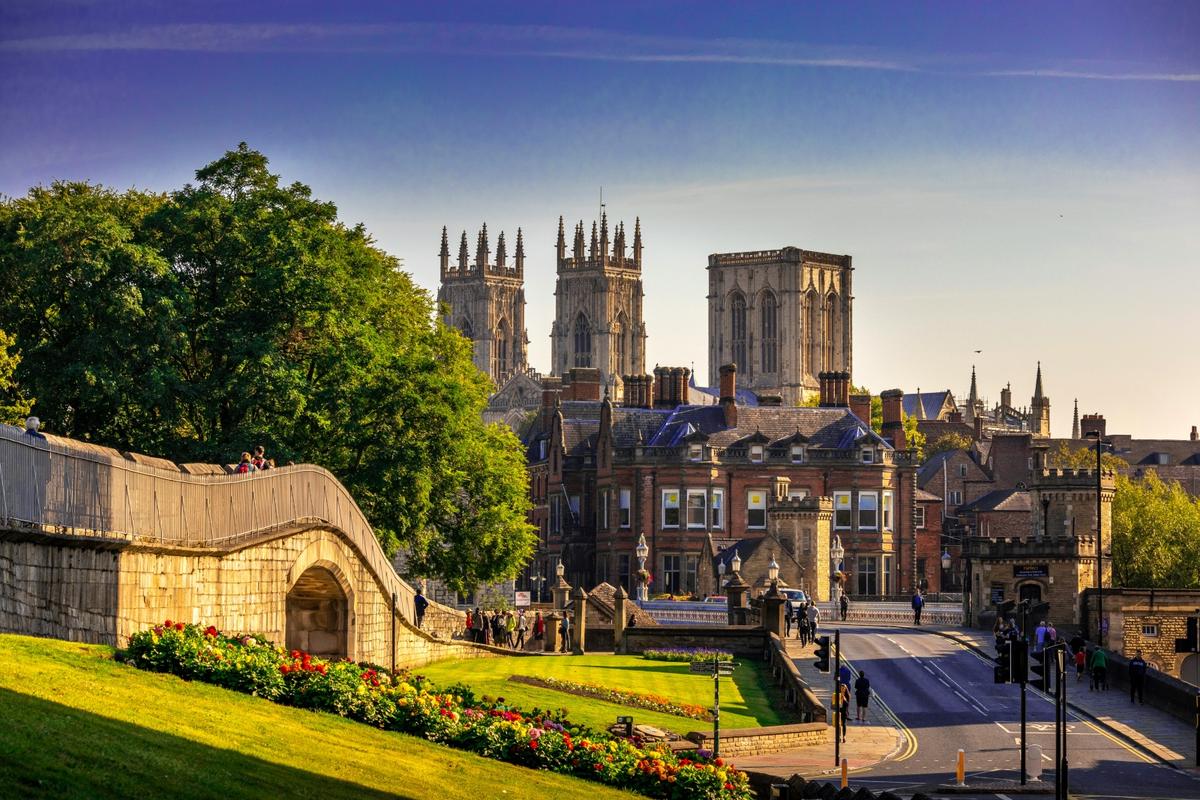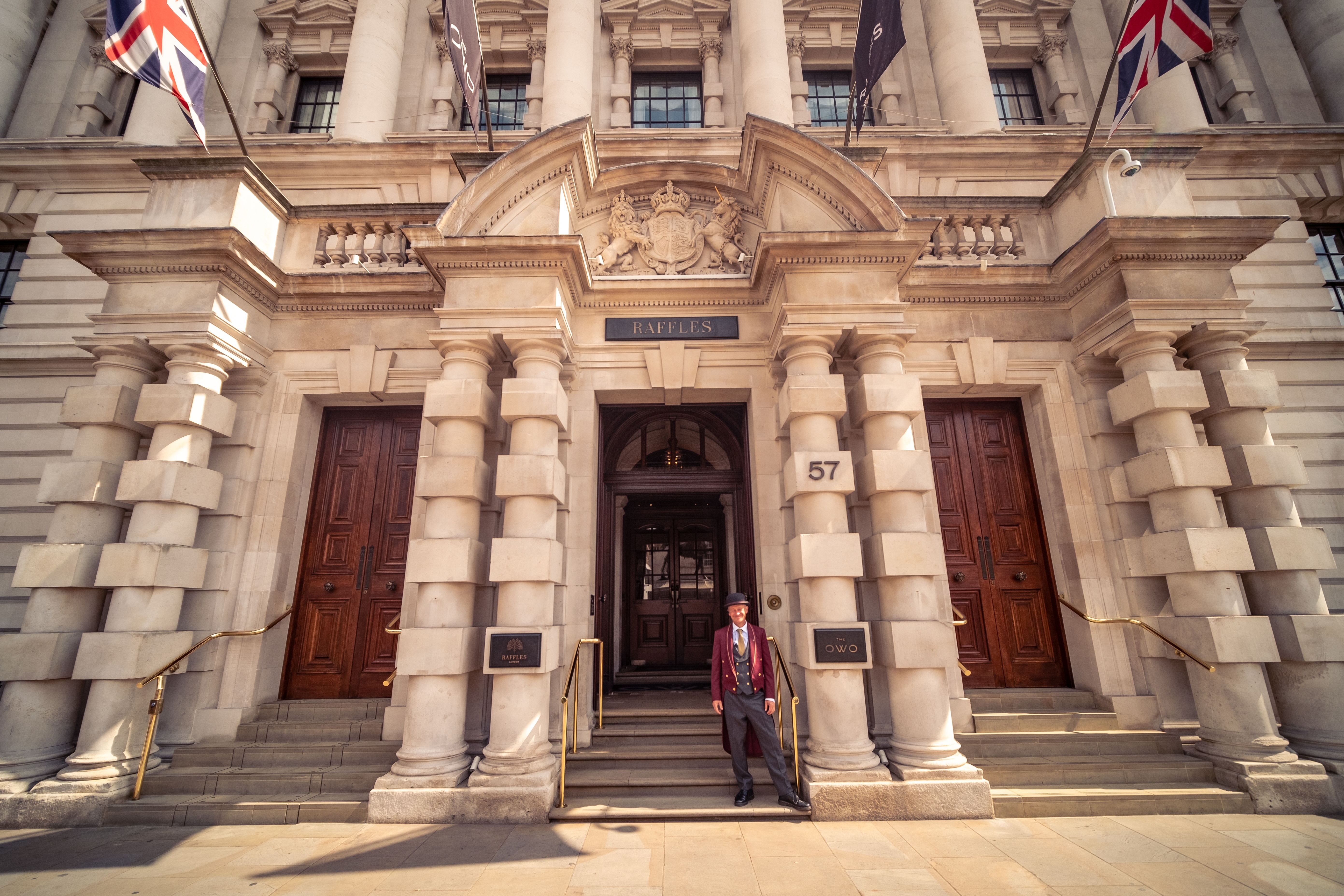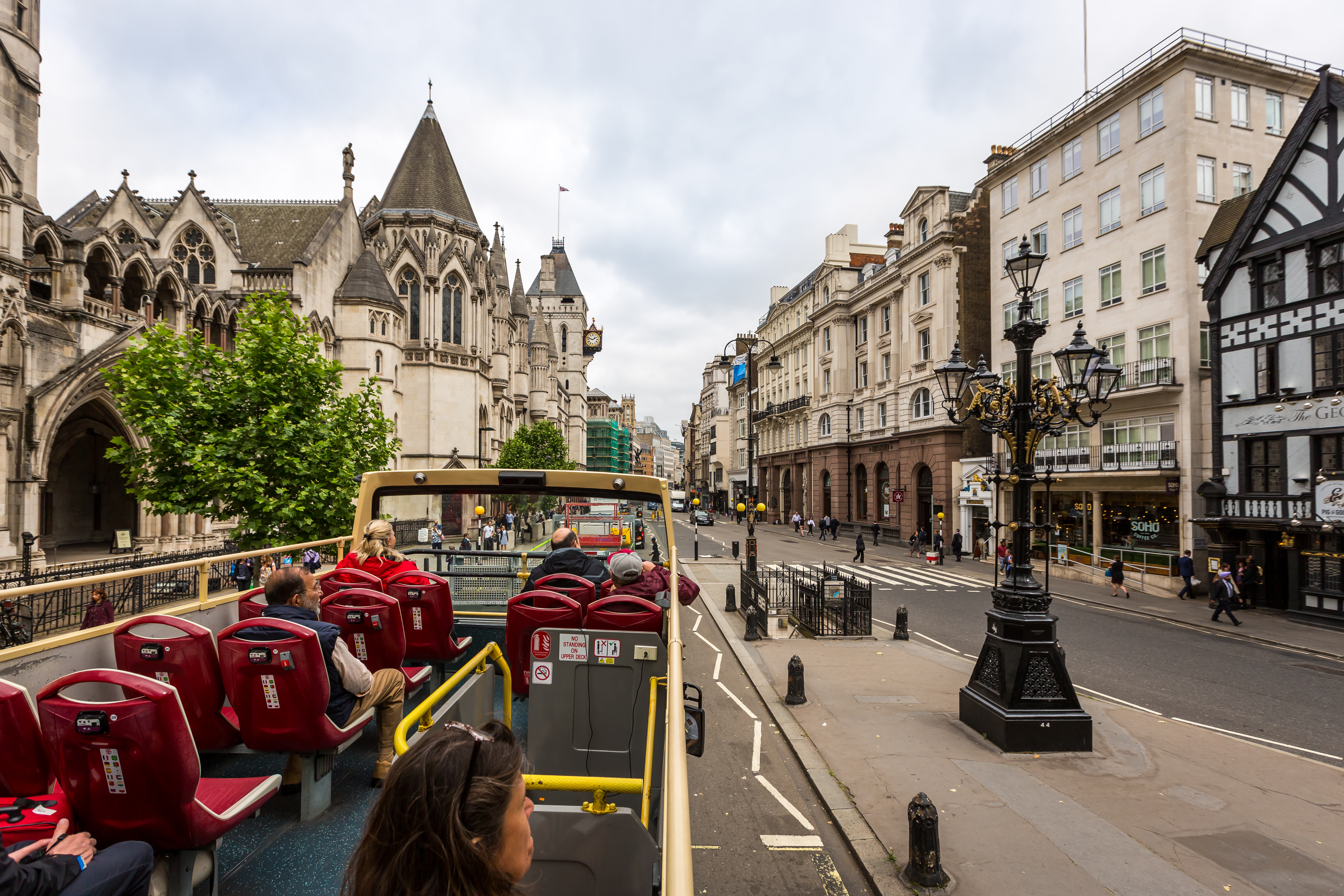The Best Cathedrals in England
With the Romans came the wave of Christianity, embedding paradigmatic change into the country’s cultural fabric. England’s cathedrals are highly reflective of the period they were constructed in, be it the ornately stained glass of the mediaeval era or the clear windows of the early modern period. They are notable commentaries on their respective epochs and are treasured as such. They were built to humble the populace, inspire awe, and dignify faith.


Most Beautiful Cathedrals in England
Notwithstanding the religious upheavals in the country, the cathedral – the seat of the bishop – has remained a pivotal icon in each kingdom. They have been pawns in political tumult, built with pomp only to be viciously razed down. Thus, they are profound storytellers and resilient custodians of culture. Read on to discover the finest cathedrals in England.
1. York Minster
Dating to 627, York Minster is the seat of the archbishop of York, the third-highest office of the Church of England. The York Minster signifies a key shift in England, from paganism to Christianity. York, formerly known as Eboracum, became one of the first centres of Christianity in the Anglo-Saxon period. A small wooden chapel was built in 627 for the baptism of Edwin, king of Northumbria.
This chapel was rebuilt in stone and eventually decked out on a grander scale. It was destroyed in 1075, after the Danes conquest. In 1215, when Walter de Gray became the archbishop of York, the cathedral was rebuilt. It took 250 years to complete the project. The grand cathedral showcases Romanesque and Gothic architectural styles. It boasts Britain’s richest collection of stained glass, which dates back to the 15th century. The Great East Window, embodying an intricate pattern of mediaeval stained glass, is as big as a tennis court. Intricate carvings adorn every inch of the structure, from the facade to the ceilings, transepts, and pillars. Monumental in every sense, the York Minster’s heavy church bell, “Great Peter,” crescendos its glory throughout the town.
2. Canterbury Cathedral
Canterbury Cathedral is England’s first and oldest cathedral. After the Romans were defeated by pagan Anglo-Saxons, Christianity diminished in the country. So, Pope Gregory the Great ordered St. Augustine to spread the word of God in the new Anglo-Saxon kingdom. St. Augustine went to Canterbury, which was under the rule of King Aethelberht I, whose wife was Christian. He became the “bishop of the English'' and established the Canterbury Cathedral. The cathedral became a target for much of the political turmoil that unfolded over the centuries – from murders to building destruction, the cathedral has seen it all.
Made with Caen stone (a stone from France), the cathedral is a cream-hued structure built in Romanesque and Perpendicular Gothic styles. Profusely dotted with stained glass windows, experts have noted that these pieces may be among the oldest in the world. This masterpiece sprawls the city centre with tall towers, pointed arches, ribbed vaults, and detailed woodwork. The Canterbury Cathedral was declared a UNESCO World Heritage Site in 2015.
3. Ely Cathedral
The Ely Cathedral in Cambridgeshire is celebrated for its architectural iconoclasm. The cathedral’s roots can be traced back to the 7th century. The region, formerly known as the Isle of Ely, used to be an islet rising from a marshy fenland, making it accessible only by boat. The Isle’s queen, St. Etheldreda, built a small cathedral on the island.
Following the Norman conquest, Simeon, a Norman ally, was crowned the Abbot of Ely. It was he who built the cathedral we know today, a remarkable exemplar of Romanesque architecture in England. This Norman creation received cathedral status in 1109. The most striking feature of the cathedral is the central octagonal tower, crowned by a lantern. This massive feature, rising to 63 feet above the nave, is an impressive engineering feat, drawing eyes from miles away.
4. Wells Cathedral
“The most poetic of the English Cathedrals,” the Wells Cathedral lies in the heart of Somerset. The cathedral was built on the remains of a 7th-century Roman mausoleum. Construction began in 1175 by Reginald Fitz Jocelin, the Bishop of Bath. It was built to be the cathedral of the diocese, rendering Wells the seat of the bishop in the region. The Wells Cathedral marks a seismic shift in architectural vision by breaking away from the Romanesque tradition. Inspired by the French, the Wells Cathedral became the first fully Gothic cathedral in England.
Located on the southern tip of the Mendip Hills, the ornate Gothic structure is indeed a festooned sight. There are several features that set this cathedral apart, such as the grand “scissor arches,” which are scissor-shaped pillars built that stabilise the tower above; the cathedral clock, Britain’s second-oldest working analogue clock; and the Jesse Window, which is a mediaeval stained glass window depicting a Jesse tree and the ancestry of Jesus Christ.
5. St. Paul's Cathedral
St. Paul's Cathedral is one of Britain’s most significant landmarks, owing to its staggering beauty, crucial history, and cultural significance. This cathedral fell prey to political chaos and calamities several times. Its roots can be traced to 604 – there was a cathedral dedicated to St. Paul in the region that was burned down by the Vikings. It was replaced by another St. Paul’s Cathedral, yellow-hued with its Caen stone facade, only to fall into disrepair. The English Civil War and the Great London Fire were other factors that inhibited the rebuilding process from taking off.
Finally, in the late 17th century, Christopher Wren was able to begin the construction of a new cathedral, which was complete by 1710. Built with Portland stone, the stupendous structure showcases Neoclassical, Gothic, and Baroque elements to harmonise the progressivism of the English Reformation and the philosophical wisdom of the mediaeval era. Several additions in line with the Victorian aesthetic were weaved in. The cathedral’s most iconic feature is its dome, which takes centre stage in London’s skyline - the fancifully carved ornament stands 366 feet above ground level, making it one of the world’s largest domes. The bejewelled interiors are marked by intricate chiselings, woodwork, and Biblical stories composed with stained glass.
6. Lincoln Cathedral
Lincoln Cathedral stands splendidly as one of the finest Gothic structures in Europe. Victorian writer John Ruskin emphatically proclaimed that it is “out and out the most precious piece of architecture in the British Isles, and worth any two other cathedrals we have.” After the Norman conquest, Lincoln was designated their bishopric, leading to the construction of the Lincoln Cathedral. Perched on a hilltop, the cathedral bears an unattainable allure, towering over the city. At that time, Lincoln Cathedral was the head of the largest diocese in England. However, this structure was destroyed in an earthquake, with only the westward portion surviving.
Most of the rebuilding process took place in the 13th century, and it evolved into an opulent Gothic building with the quintessential pointed arches, flying buttresses, and ribbed vaults. Owing to its central spire, it was once the tallest building in the world – it lost this mantle when the spire collapsed in the 1500s. The resplendent hilltop cathedral is elaborately lavished with carvings of angels. One of the cathedral’s most popular carvings is the “Lincoln Imp,” a mythical figure sculpted onto a pillar that has become Lincoln’s emblem.
England is nothing without her cathedrals – their enigmatic presence has persisted to this day, centuries ahead. Steeped in history and faith, the nation’s cathedrals bear the scars of turmoil, the dignity of triumph, and the radiance of belief. Cathedrals are the soul of the country, and there are no better means to understand England’s story. Embark on a cultural odyssey by visiting England’s cathedrals.



